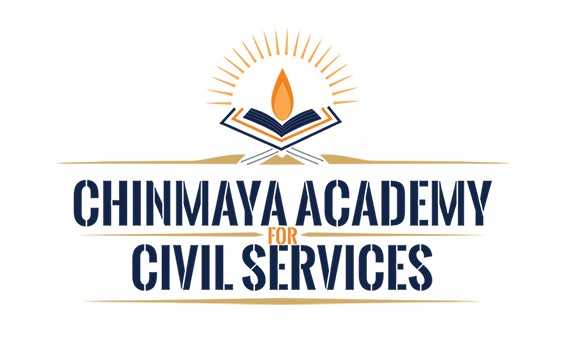Geology serves as one of the elective subjects comprising two papers in the UPSC Civil Services Mains Examination (Optional Paper I and Paper II). There are nine papers total in the IAS Exam Mains which includes these two optional papers. The Geology curriculum for the UPSC emphasises on the students’ comprehension of the fundamental ideas and applying knowledge to issues with respect to disaster management and sustainable development. Among the few UPSC Mains exams that primarily discuss India’s developmental challenges is the geology optional paper. Examining past years’ papers and reading appropriate books are two ways to prepare. Students choosing the UPSC optional in geology must thoroughly review the course material.
Geology is an objective subject with a strong scientific focus. The solutions are specific and not up to the reader’s interpretation. Geology includes easy concepts that are straightforward to learn, making it a very top scoring option. The curriculum, however, is somewhat lengthy and specialised. Therefore, only choose geology as an elective subject for the IAS mains if you have prior knowledge of the topic and a strong interest in it.


